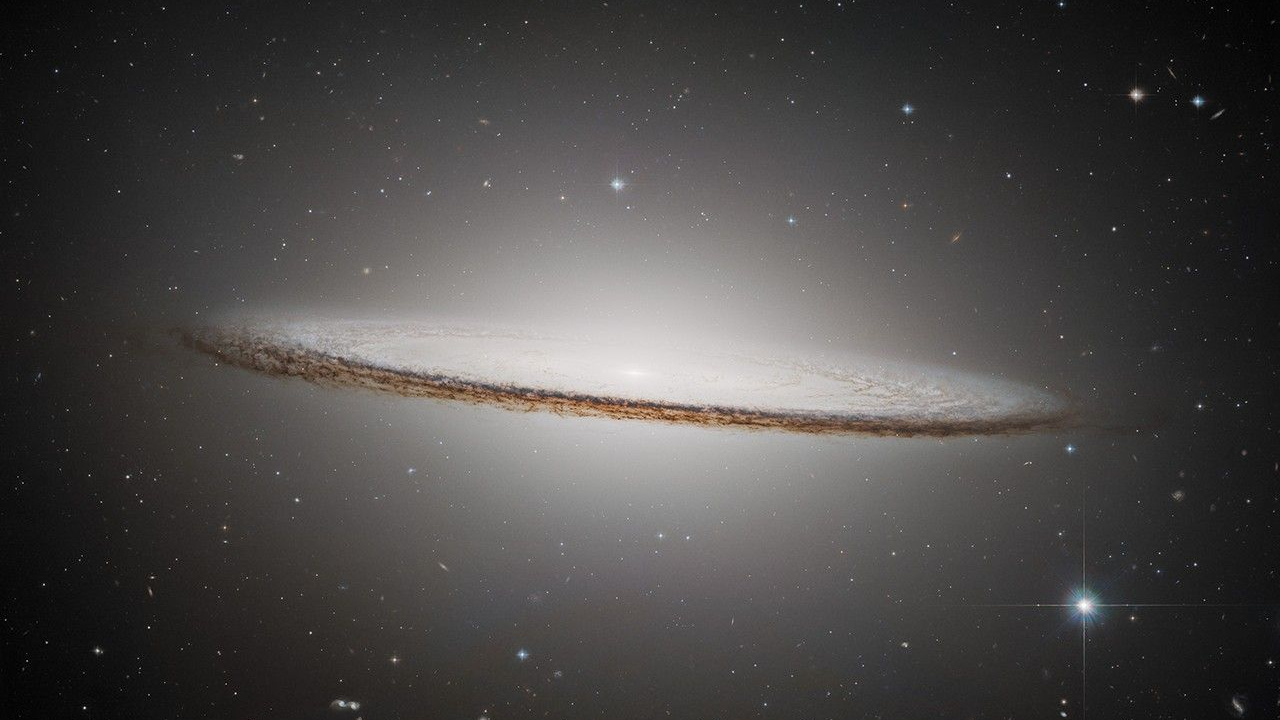China reveals secrets of 1st sample taken from the far side of the moon — and it contains a volcanic surprise
Active volcanoes were erupting on the far side of the moon 2.8 billion years ago, the first lunar samples returned from the far side reveal.

The first analysis of lava samples from the moon's far side reveals that volcanoes were erupting there 2.8 billion years ago.
The moon is tidally locked with Earth, meaning the same side always faces our planet. The far side is less explored than the near side. Only two landers, both from China, have made it to the moon's far side.
In a study published Nov. 15 in the journal Science, researchers analyzed rock samples returned to Earth by the Chang'e 6 lander. The 2024 mission brought back a little over 4 pounds (1.9 kilograms) of rock from the South Pole-Aitken basin — the first samples ever brought to Earth from the moon's far side.
Zexian Cui of the Chinese Academy of Sciences' Guangzhou Institute of Geochemistry and colleagues analyzed the isotopes in these samples, as well as their chemical makeup, to find their age and source. Isotopes are atoms of an element that have the same number of protons in their nuclei but a different number of neutrons. The number of neutrons changes over time during radioactive decay, making the ratio of different isotopes in a sample a good way to measure how old that sample is.
Related: Moon Surprisingly Battered, New Lunar Gravity Map Reveals
The study found that the rocks — hardened lava called basalt — were 2.8 billion years old. Previous research had found volcanism on the near side of the moon until at least 2 billion years ago, and the new dates reveal that the far side of the moon was volcanically active as well. Another recent study of samples from the Chang'e 5 rover, which landed on the near side of the moon in 2020, even hints that volcanoes may have been erupting on the moon as recently as 120 million years ago.
The researchers also found that the lava that made the basalt came from a part of the moon's mantle that was low in potassium, rare Earth elements and phosphorus. These elements are widespread in the lava on the near side of the moon. The puzzling imbalance may be due to the impact crater that made the South Pole-Aitken basin, Cui and his colleagues wrote. The impact, which was large enough to reverberate all the way across the moon, may have redistributed rocks containing those elements, as well as melted the mantle directly below the impact site, depleting it of those elements.
Get the Space.com Newsletter
Breaking space news, the latest updates on rocket launches, skywatching events and more!
The elemental imbalance may explain another odd difference between the two sides of the moon: Giant lava flows called mare basalts cover 30% of the near side but only 2% of the far side. Some of the missing elements on the far side, such as potassium and uranium, are radioactive and give off heat as they decay, the authors said. Their absence in the mantle under the moon's far side could explain the lack of these melty basalts.
Join our Space Forums to keep talking space on the latest missions, night sky and more! And if you have a news tip, correction or comment, let us know at: community@space.com.

Stephanie Pappas is a contributing writer for Space.com sister site Live Science, covering topics ranging from geoscience to archaeology to the human brain and behavior. She was previously a senior writer for Live Science but is now a freelancer based in Denver, Colorado, and regularly contributes to Scientific American and The Monitor, the monthly magazine of the American Psychological Association. Stephanie received a bachelor's degree in psychology from the University of South Carolina and a graduate certificate in science communication from the University of California, Santa Cruz.
-
Adel I think the moon map theory will reveal to you many secrets of the moon and the mysterious earth. I would like to know your opinion.Reply









